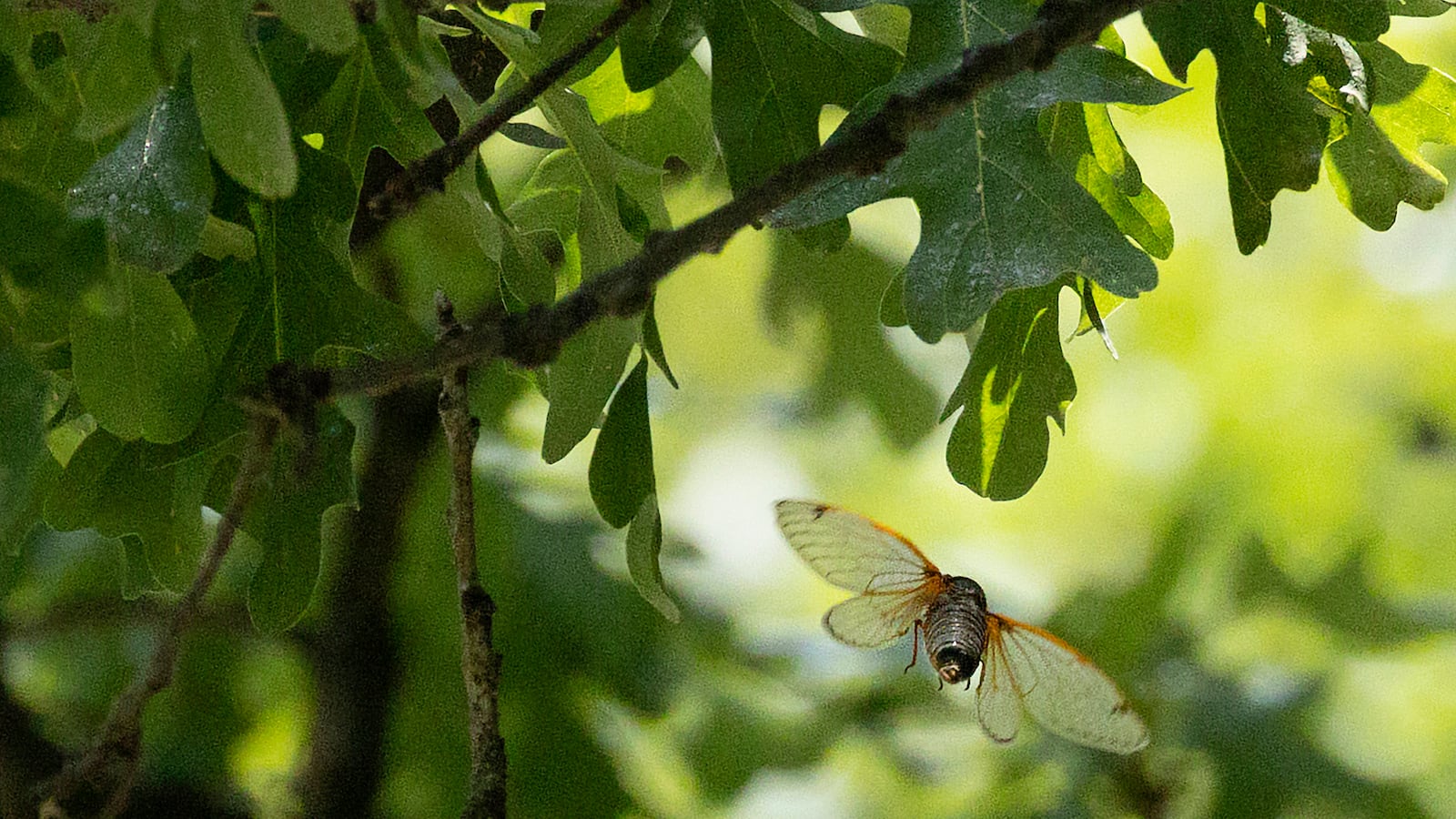Driving southbound on Emerson Avenue in Indianapolis this year, I, like many, heard the loud whirr of the pharaoh cicadas. It’s a welcome, nostalgic sound to many, as they remember where they were 17 years ago when the last brood hatched. To others, the sound is a nuisance, as they sweep bugs off of porches and pluck shells out of gutters.
But not everyone gets to bear witness to this emergence. Almost as quickly as you notice their song, nature dials the volume down, right around 42nd Street. By 38th Street, there’s not a cicada to be seen or heard.

As a science teacher working south of 38th Street, questions about cicadas came up a lot this year. Students heard about them in the news, saw memes on Instagram and TikTok, and understandably, asked the question: “So why haven’t I seen or heard any?”
Why is 38th Street the boundary line for cicadas in our city? It may seem arbitrary. But to those who know Indianapolis’ history, 38th Street is one of the most obvious dividing lines in our city, as one of our main historical lines of segregation.
This is only the fourth generation of Brood X cicadas in Indianapolis since the 1954 landmark U.S. Supreme Court case Brown v. Board of Education ruled that school segregation is unconstitutional. About three Brood X generations ago, the Justice Department sued Indianapolis Public Schools in the United States v. Board of School Commissioners of Indianapolis for continuing to segregate their schools in practice, even as white flight moved families from IPS to the outlying townships, exacerbating the racial divide between districts. The cicadas that came out 34 years ago emerged at the moment that the court-mandated IPS bus students to those outlying townships to resolve this segregation. That brought about another migration of white flight, this time to the neighboring counties and keeping a form of segregation in place.
One of the lasting impacts of segregation is environmental injustice, and it impacts humans and cicadas alike. Most of our city’s toxic brownfields are located in Center Township south of 38th Street and along the northern Mass Ave corridor, another line of segregation. The lingering arsenic, mercury, and lead in water and soil impacts human health while also sickening or killing cicadas gestating underground. These lands are often paved over to become asphalt deserts, and the compacted, rubble-filled soil that drives flood water into people’s homes also makes it harder for cicadas to burrow, let alone emerge. Trees are scarce, and greenhouse gases are abundant, creating urban heat islands that confuse the bugs and leave little room for cicada breeding, all while contributing to disproportionately higher asthma rates in people. Redlined housing practices forced a higher population density into racially segregated areas, which means less available land for cicadas to hatch.
This intersection of systemic racism and environmental inequity isn’t unique to Indianapolis. The University of Connecticut has an incredible cicada mapping project, a crowdsourcing effort to find where these cicadas emerge. You can take a look at cities similar to Indianapolis, such as Columbus, Ohio, and you’ll see the same effect: cicadas are widespread in the predominately white western half of the city and eerily absent in the mostly Black eastern half.
When students ask me why they haven’t seen or heard the cicadas, I want to answer truthfully and completely. That means discussing the history of racial segregation in our city and the lasting effects of environmental injustice. But this answer will be seen by some as teaching “critical race theory.” And to them, that’s blasphemy. Indiana’s Attorney General Todd Rokita seeks to champion these fears by barring funding for curricula grounded in critical race theory, which he claims “would endorse teaching factually deficient history.”
Luckily, unlike cicadas, humans can learn from our history and do better. It doesn’t take a purchased curriculum. Indiana social studies standards already require second grade teachers to teach students to “develop a timeline of important events in the history of the school and school community”; in third grade, to “construct maps and graphs that show aspects of human/environmental interaction in the local community”; and in eighth grade, to “research how human consumption of finite natural resources and human activities have had an impact on the environment.”
With Juneteenth now a federal holiday, I hope that from now on, those protesting instead of teaching history take that day to put in the work and honor their own history, which is inextricable from the history of racism in our city and country. This is already a part of Indiana’s story, and understanding it only requires students to be curious, observant, reflective, and willing to confront and grapple with facts when they are in front of us, without running from them. We should encourage that. And it requires teachers to answer their questions honestly. We should allow them to do so.
Ronak Shah is a seventh grade science teacher in Indianapolis.



